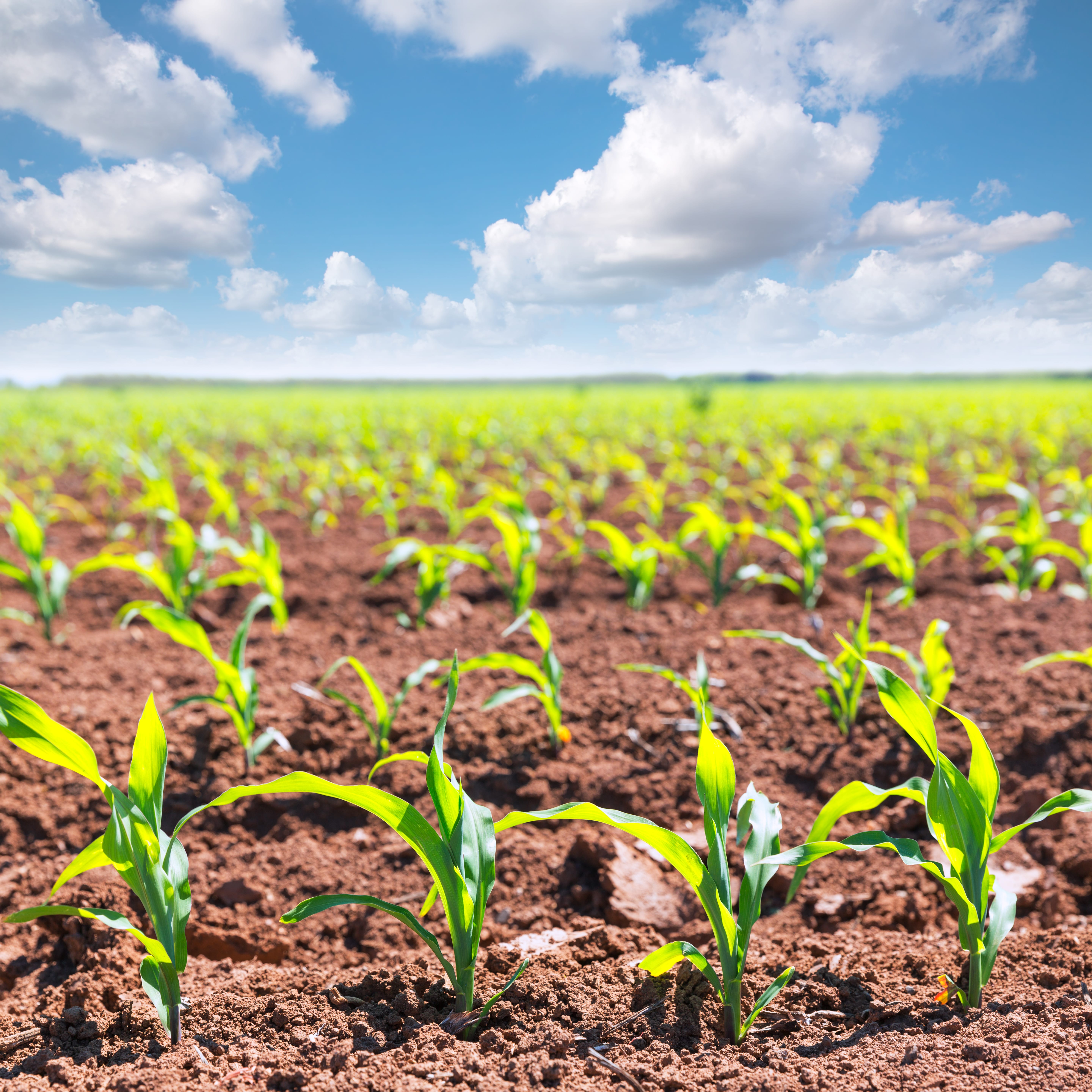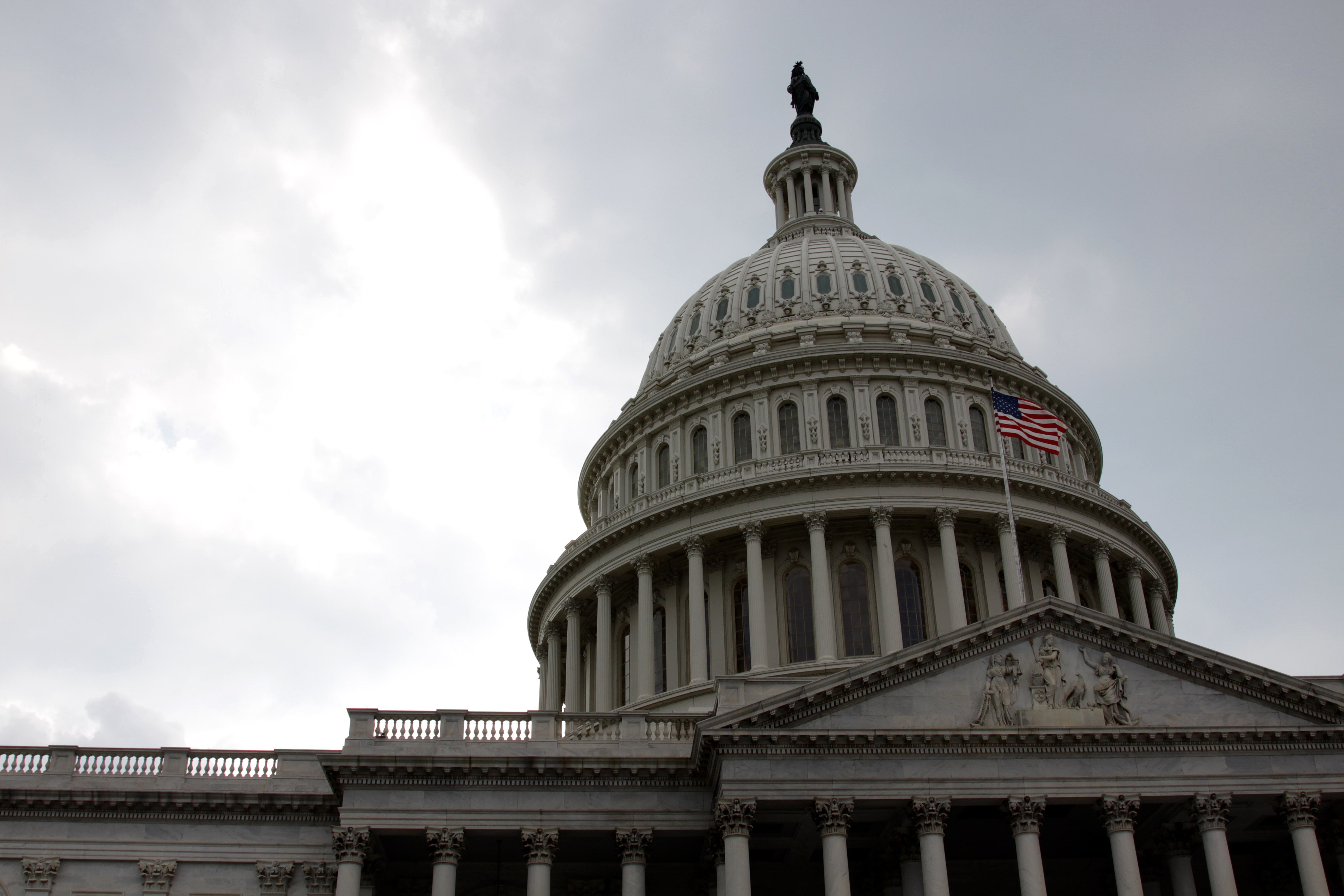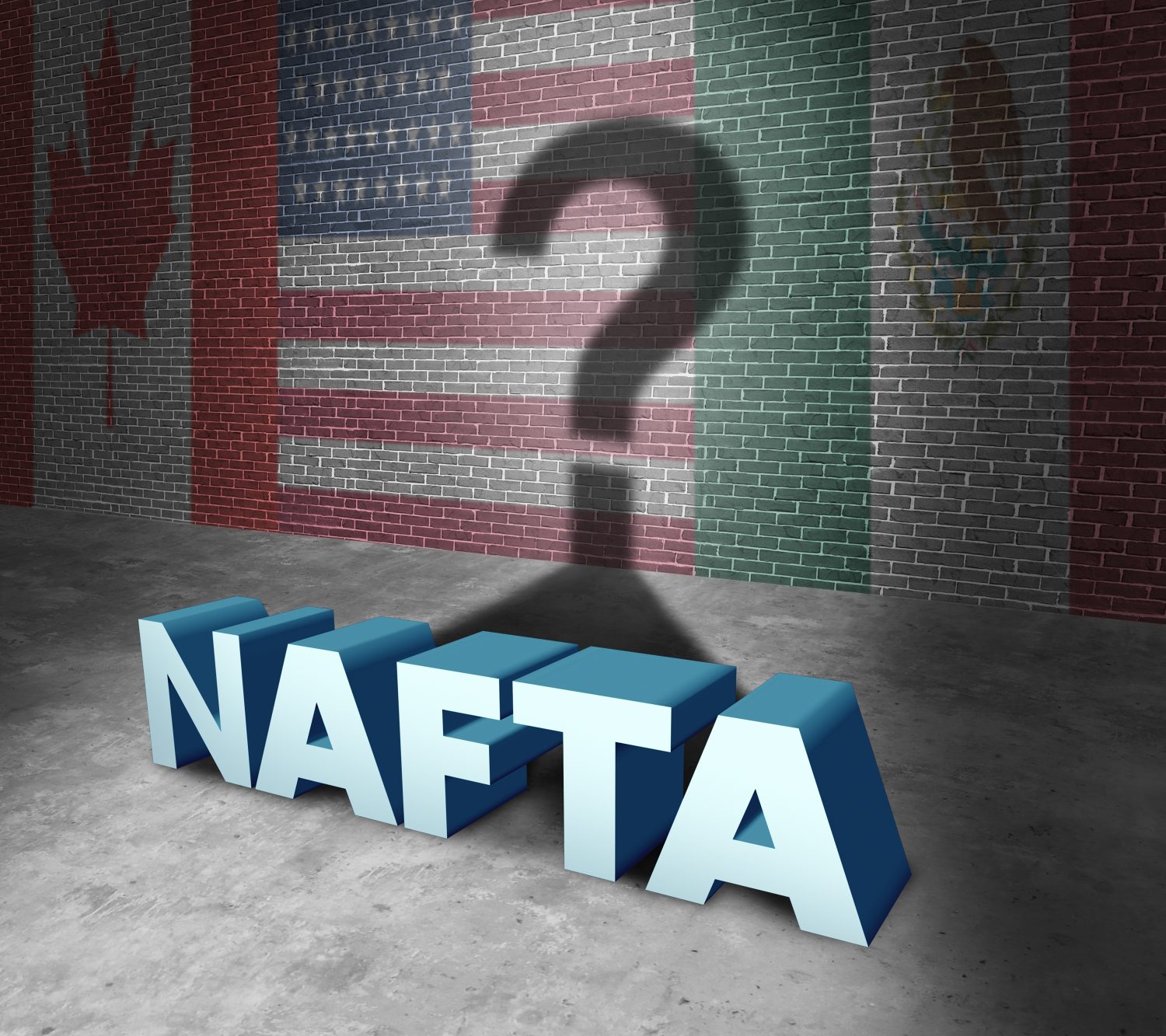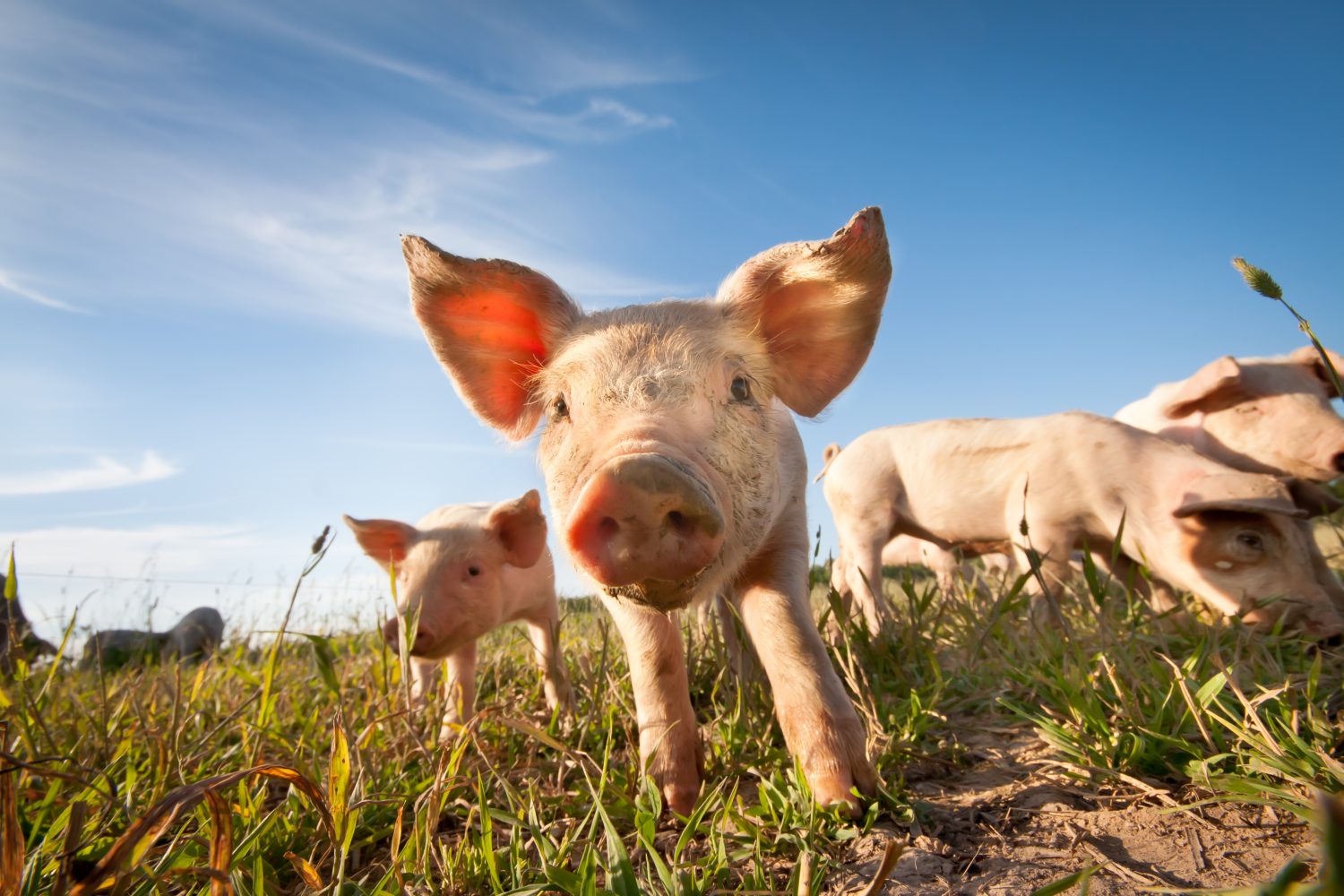
Bayer Executives Unfurl Industry Giant's Goals For Ag
The world got one of its first public images of the biggest ag company on the globe Tuesday in Germany as leadership from Bayer and former Monsanto employees spoke to a roomful of journalists at the newly minted Bayer AG Future of Farming Dialogue for 2018. Liam Condon, president of Bayer Crop Science, and Bob Reiter, head of research and development, laid out plans for the new company’s direction, now three weeks into the merger.
“Since day one on the 21st of August it’s been a little bit like Christmas when you get to open up all the toys, and you see how wonderful they are,” says Condon. “Now we’re unpacking the toys, and there’s a tremendous amount of excitement in the organization.”
Two stalwart competitors, now teammates, sharing a stage and a glowing message about the future of agriculture where innovation is the payout, following two years of acquisition paperwork.
“We brought Bayer and Monsanto together, because we believed ensuring food security in a sustainable manner is a massive challenge that requires a complete step up in agriculture,” says Condon. “It’s literally a transformation of agriculture that we have set out for ourselves.”
Those are lofty goals from a company expecting to spend upwards of $2.3 billion dollars on research and development annually.
“We have 8,000 scientists in the labs and in the fields,” touts Condon. “This is a phenomenal number who are working on creating more innovation [and] faster every day.”
The man overseeing that mission and working on his third full week as a newly minted German resident is former Monsanto executive Bob Reiter.
“As I began to visit our research teams around the world the first question I get asked is, ‘who can I call,’” says Reiter. “So, the most important job I think I have over the next six months is how to get those [scientists] connected.”
He’s now leading two teams of scientists from two agribusiness giants that have often spent time working to solve similar issues. Reiter shares an example of synergy from the stage, explaining that both companies have teams of scientists trying to win the battle against the stink bug. Today, both of those teams can collaborate, compare notes and work together to solve the same issue.
“The greatest innovations in mankind has happened at the interface between disciplines of science that typically don’t talk to each other,” says Reiter. “Innovation only matters if it really helps our customers be successful.”
The new Bayer leadership team outlined goals built on combining Monsanto’s seed and plant breeding strength with Bayer’s crop protection portfolio. The intent is to cut in half the time it takes to deliver new, innovative products. Rather than a 20-year-long slog, the pipeline process would take 10 years or less.
“What we clearly aim to do is to set entirely new standards in the market,” says Condon. “We want to generate more innovation faster than anybody out there and make sure it’s innovation that really helps our growers in the field.”
One piece of that puzzle lies in the data both companies bring to the business. Monsanto and its subsidiary Climate Corp tout a litany of data around major row crops like corn, soybeans, cotton and canola. Bayer brings its own data set and a global connection to cereal grains from its European Union roots.
Michael Stern, the new head of digital farming for the company says, “I think it’s going to drive the fundamental data that we have to help provide better information to growers in a much broader way.”
Stern and his counterpart Jim Swanson, chief information officer of the Bayer Crop Science division, both lay out a future where the company’s calculated 40 major decisions a farmer makes each season is guided by data, artificial intelligence and machine learning.
“Internally, we’re growing our data by 33% every year,” says Stern. “We [Climate] grew by 2 petabytes [1 million gigabytes] just last year alone.”
Now covering 60 million acres, Fieldview by Climate Corp is on track to reach 80 or even 100 million acres by next year. New algorithms are already helping the company pick variety winners for the farm with a new product called the Seed Placement Advisor.
“With our first algorithm we were able to go ahead and pick the right hybrid to put in the field, and 80% of the time it saw a greater than 6 bu. advantage versus the wrong hybrid placed in that field,” says Swanson.
This year, the data is still coming in, but Swanson says so far, they’re winning 100% of the time with a 14-bu.-per-acre advantage. Those are tangible results the company expects only to grow as the merger of data and information continues.
“We can do over a billion simulations of crop genomes to determine the best phenotype in silica, in the computer, before we ever put a single seed in the ground,” says Stern. “That gives us more opportunities to test and learn through machine learning, it saves as we’re putting the seeds in the ground until later and we actually have more insight.”
“We see great opportunities, and how we bring our capabilities together will fundamentally change how we can invent and create for our customers,” says Reiter.
The pledge to farmers before the merger and now is an agribusiness giant capable of overcoming obstacles like limited resources, people, market share or even the growing burden of regulatory red tape.
“We have got to get the story of modern agriculture out there; we can’t do it alone,” says Condon. “But we have to be at the forefront, and that’s a commitment that we’re making.”
With plenty of headwinds blowing in the face of this well-seasoned infant business, collaboration between each faction of the merger is no longer an option. It’s a requirement for survival.
“You can’t really tell anymore who’s from Bayer and who’s from Monsanto,” preaches Condon. “It’s just a genuine bunch of people who are all completely clear about the direction they want to go, and now we’re just trying to get things done.”



